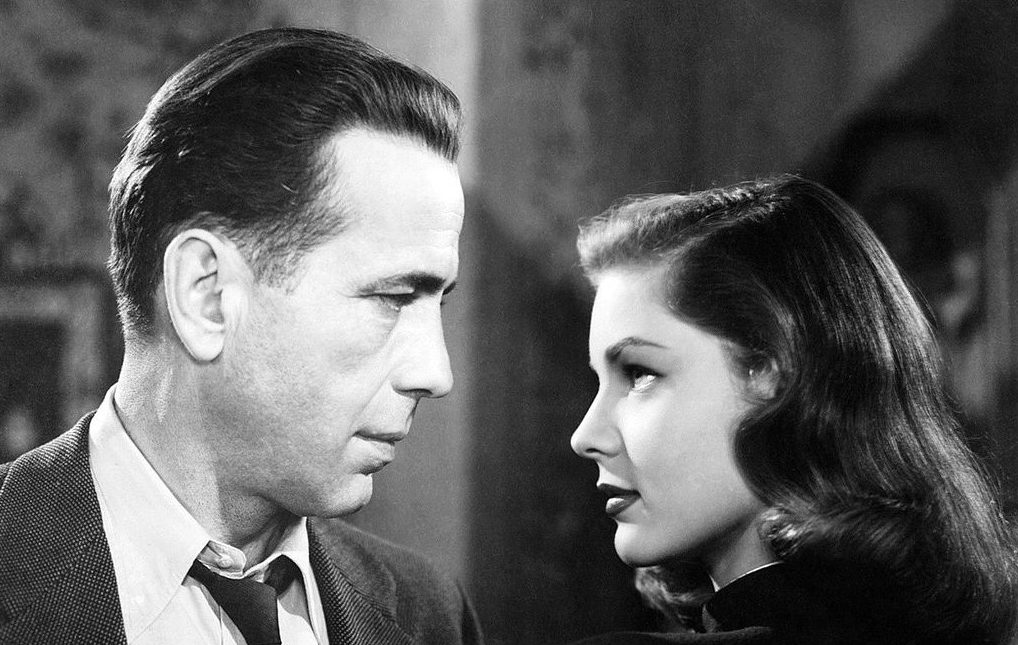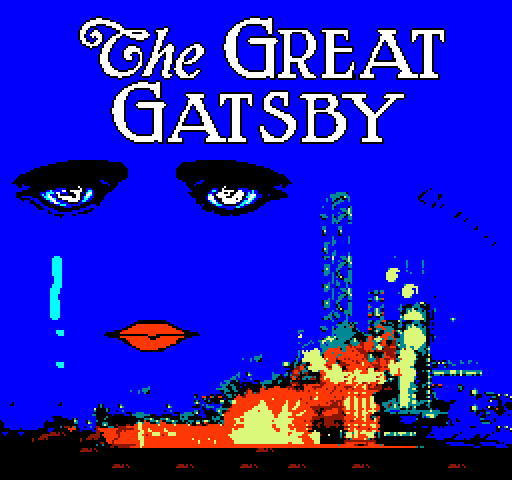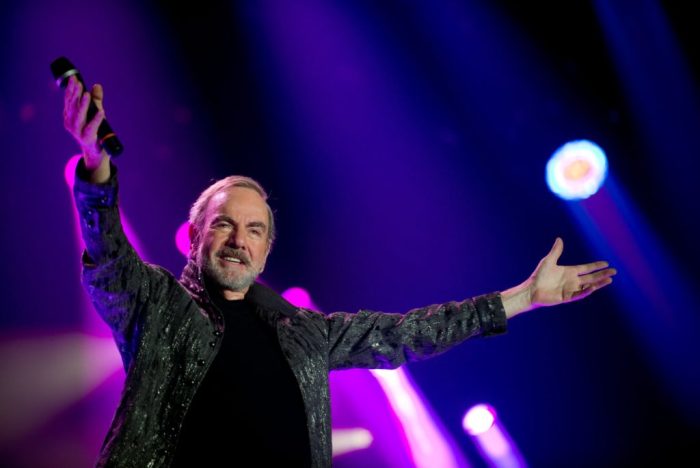They met on a film set in 1944 and wed a year later. She was 19. He was 46. He was in his third unhappy marriage.
But unlike the Brangelinas and Bennifers who come and go, Lauren Bacall and Humphrey Bogart endured, keeping their love alive. After he died, she found consolation in her Amagansett home on Long Island’s East End, when not garnering awards for her performances onstage and onscreen.
Looking back on their paths to true romance, the outcome does not seem that far-fetched. The unlikely union succeeded, despite the age gap and earlier upsets.
“The boy’s good, isn’t he?”
Humphrey DeForest Bogart was born in New York City in 1899 and raised by a well-positioned but dysfunctional family in Manhattan. They spent idyllic summers at Willow Brook, their Canandaigua Lake estate. When not sailing, he directed other wealthy boys in improvised performances based on film melodramas. In 1916, to his bitter disappointment, they relocated, summering in a Fire Island cottage.
Bogart was raised by a morphine-addicted father and an undemonstrative, career-obsessed mother who fought constantly. He was a poor student, albeit one who quoted Plato; he excelled at chess, was well read, and admired writers and intellectuals. But weak grades got him expelled from several prestigious private schools; he joined the Navy, then found work managing a touring theatrical production. The next year, 1921, he landed a small part. His father, seated in the audience, said to a companion, “The boy’s good, isn’t he?”
He learned from such talents as Spencer Tracy, who coined the nickname “Bogie” in 1930 when they were filming Up the River. Bogie gave legendary performances in The Petrified Forest and other movies, and by the early 1940s was making classics such as The Maltese Falcon and Casablanca, perfecting his persona as the cynical gangster with soul who eventually shows his noble side.
His offscreen life, though, cried out for a major rewrite as he negotiated a tumultuous divorce. Enter Betty Joan Perske.
“There is no way Bogie and I could be in the same room without reaching for one another, and it just wasn’t physical.”
Bronx-born in 1924 to Jewish immigrants from Poland and Romania who divorced when she was 6, Perske later said she had little or no love while growing up and remembered her father treating her mother badly. She was fascinated by the theatre, working as a Broadway usher in high school while Bogart became a star. But finances were tight and she dropped out of the American Academy of Dramatic Arts, which did not offer scholarships to women.
After some small Broadway and off-Broadway parts, her career was going nowhere, so she began modeling. Her 1943 Harper’s Bazaar cover was noticed by Slim Hawks, who challenged her husband, famed director Howard Hawks, to work with the starlet.
Hawks coached her in To Have and Have Not, advising her to speak in a lower register. She was so nervous that before the cameras rolled she had to lower her chin and look up into Bogart’s eyes, to still the shaking; thus was born “The Look.” The New York Times praised her “insinuating pose and a seductive, throaty voice.”
She became Lauren Bacall, remaining “Betty” to family and friends; to Bogie, she was “Baby.” They became lovers — “a real Joe,” he called her — and he divorced his wife.
They married in 1945, made four more films together, then she stopped acting to raise their children. He won an Academy Award for The African Queen in 1951 and died of cancer in 1957, leaving her a widow at 32.
When asked about their 12-year marriage, Bacall said, “It was much too short. We had a lovely life together.”
“She’s a real Joe. You’ll fall in love with her like everybody else.”
By the early 1960s, when not at her Manhattan apartment full of homages to Bogie, she had become a Hamptons regular, shopping at Iacono Fam and supporting fundraisers for Sag Harbor’s Bay Street Theatre and the Hamptons Film Festival, lending that throaty voice to Hampton Jitney advertisements.
“I talk to my birds, my trees. I love my house. It’s my haven,” she told People magazine in 1981.
The Washington Post’s Sally Quinn called Bacall “the personification of glamour.” Still, the star was normal, Quinn wrote: Her show business friends always felt she was one of them.
Bacall returned to starring in films and Broadway plays, winning Golden Globes, Tonys, and an Oscar. Even after selling her Hamptons home in 1995, she continued to support area arts organizations.
She was 89 when she died in 2014.


























